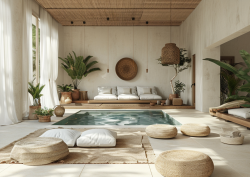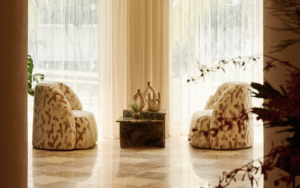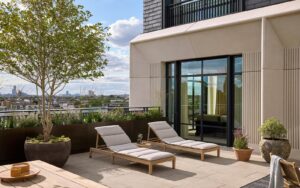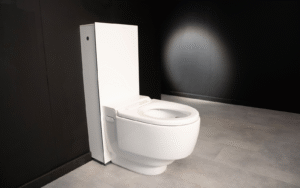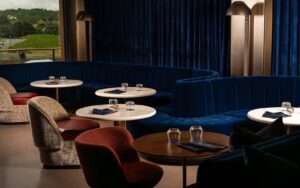Based in the UAE office of interior design and architecture firm Zebra, Milica Jevtovic, shares some of her insights into the current hotel design trends in the Middle East…

The Middle East hotel scene is always evolving; it has needed to because the demographics and requirements of its visitors are changing with the years. For the last few decades the Middle East has been setting new standards in luxury. The interiors, the food, the service, have been the stuff of breathless conversations between guests. This indulgence is still available for travellers seeking it, but it’s far from the only experience on offer moving into the present day and horizon.
Alongside the five and seven-star hotels in Dubai there are now very credible three-star options which provide a more quirky, less pampering experience, but still with all the amenities guests need. These may have communal tables, for example, so instead of sitting by yourself you can get to know other guests and feel part of a community. Some hotel brands have diversified to offer branded apartments, providing a more user-friendly and informal experience with more opportunity to immerse yourself in a locality. As designers, we’ve created interiors that reflect the more location-specific feel of these new offers.
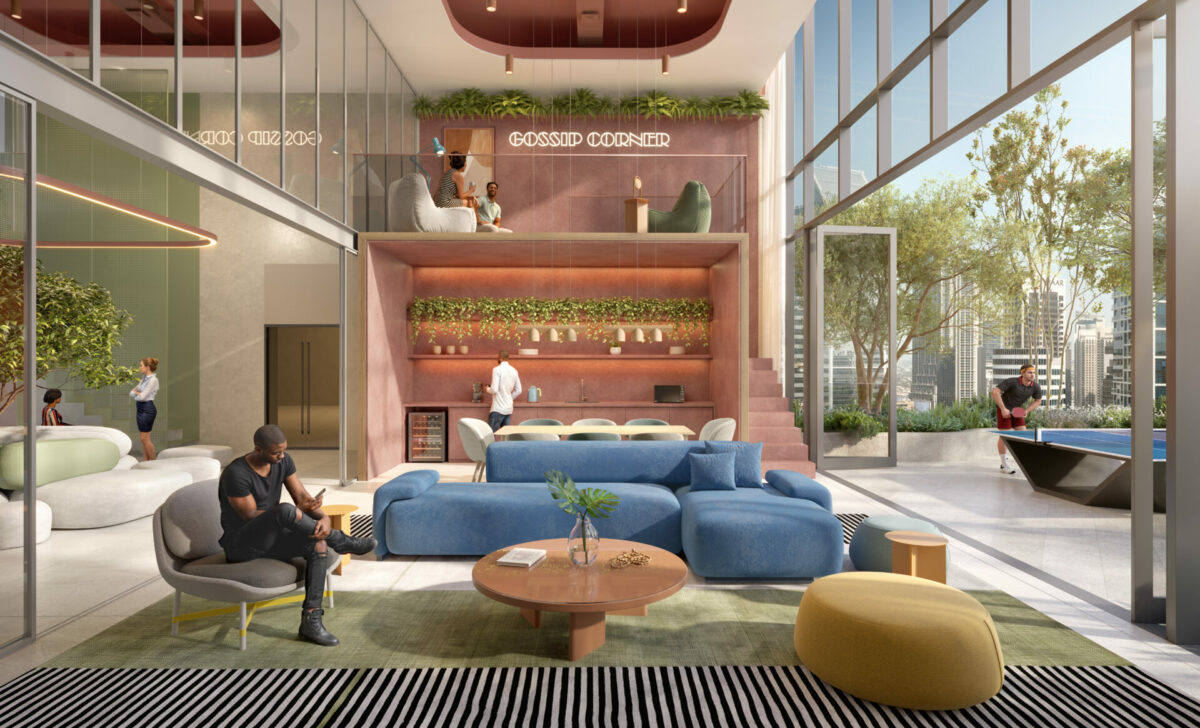
Image credit: Zebra
One amenity that is more and more in demand from hotel guests is workspace. The COVID pandemic, and the mass hybrid working trend it birthed, has taught people they can work from anywhere and many are choosing to mix work with their vacations. The Dubai and Middle East hospitality scene has rapidly responded to this appetite for remote working facilities. Hotel lobbies have been equipped as comfortable co-working spaces; F&B teams cater for working days accommodating different time zones. Furniture has been reconfigured to provide greater connectivity, but has also diversified to provide semi-enclosures, offering some privacy for phone calls or online meetings or quiet space for concentrated solo work on a laptop.
At Zebra, we always need to put ourselves in our clients’ guests’ shoes. We have researched how guests use these nomadic workspaces and adapted materials, fixtures and fittings to make working in them pleasant and productive. We use a lot of acoustic panelling in ceilings, for example, even making it a feature of some lighting installations, to limit noise levels. Hard surfaces can be saved for zones where more of a buzz is desirable.

Image credit: Zebra
In the Middle East we are very conscious of the weather. There are three or four months when it’s really uncomfortable to outside, but for most of the year you want nothing more than to be al-fresco. The hotel spaces we design have to be flexible, so they don’t feel empty when everyone is outdoors but don’t feel overcrowded when the weather keeps everyone in. Finding the right balance between indoor and outdoor activities is a huge part of what we do here in the Middle East. We are in a desert but soft landscaping features such as trees are increasingly used to create shading, making beautiful park-style oases within hotels, which can be closed off when the weather changes.
Creating environments with a sense of place brings character and depth to hospitality experiences. This doesn’t mean obvious theming, but developing narratives that connect to the locale and seamlessly flow through an entire hospitality experience to provide a feeling of authenticity and meaning.
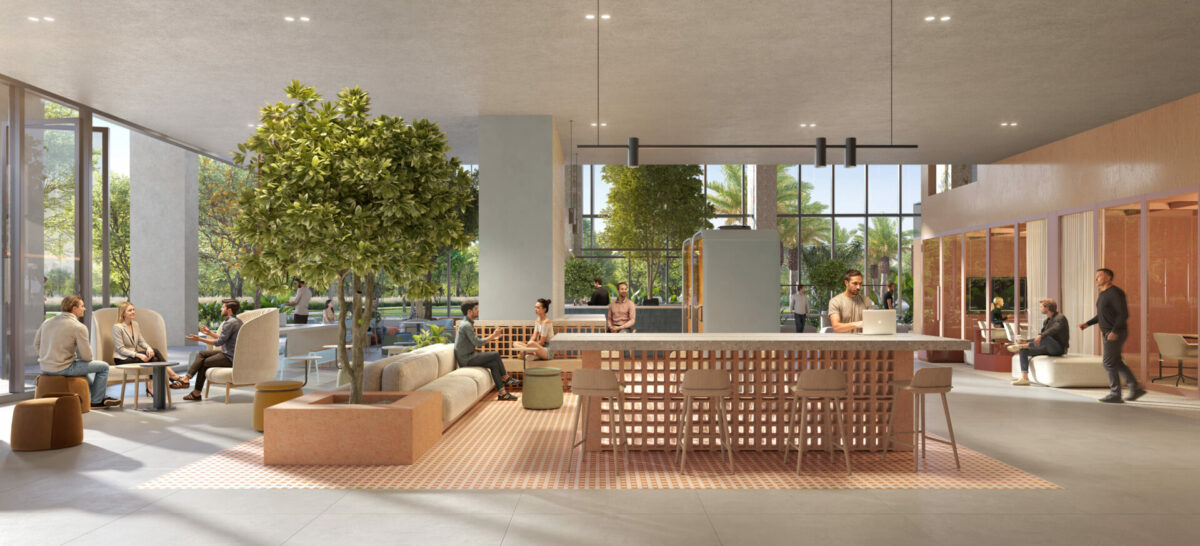
Image credit: Zebra
The hospitality scene in the Middle East has undergone a significant evolution and will no doubt continue in flux. We are excited to be working in a part of the world that’s constantly looking at how to give guests the best possible travel experience tailored to their needs and are always ready to step up to the design challenges that commitment brings.
Main image credit: Zebra





